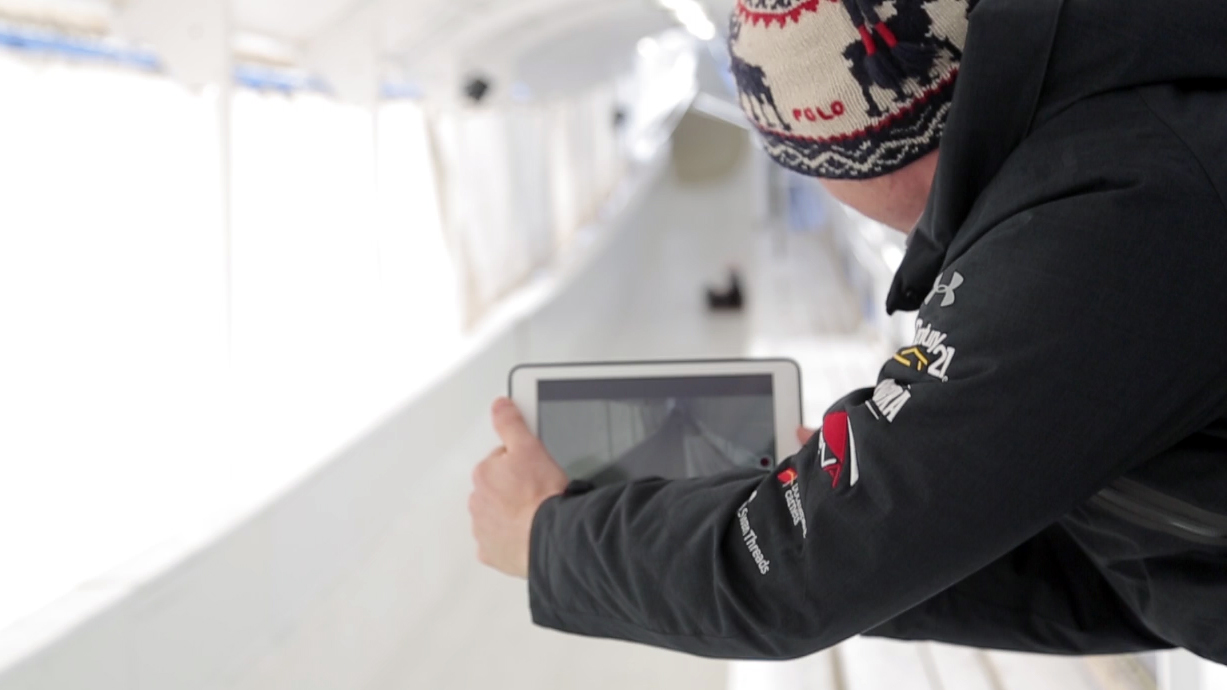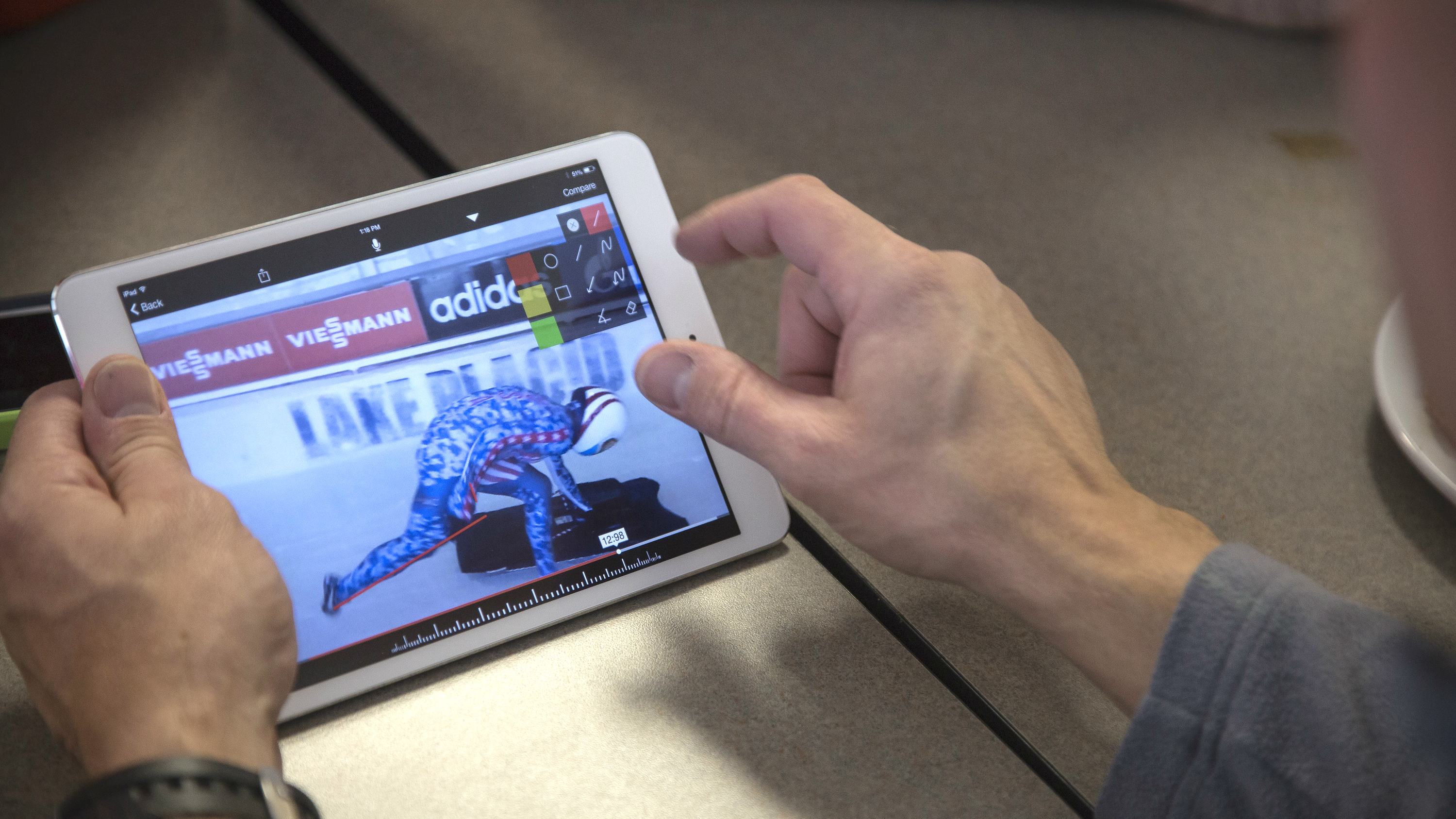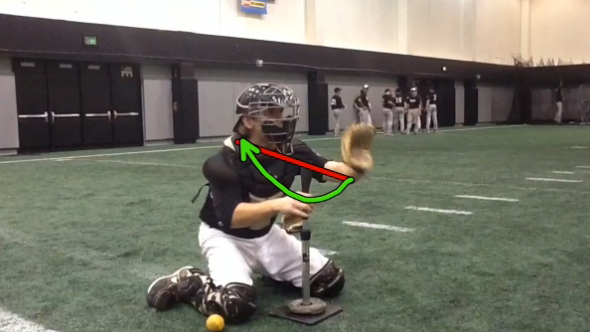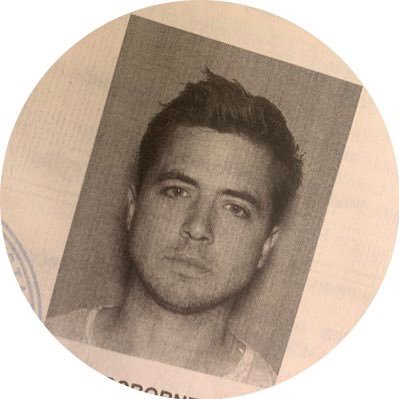The apps that could help Olympians win gold at Sochi 2014
The proof will be hanging around their necks

If the US bobsled and skeleton team win big at this year's Winter Olympics, they'll have more than their coaches to thank. For these athletes, along with a number of other competitors, training for the Sochi games has involved an awful lot of screen watching.
The US bobsled and skeleton team, speed skating team and snowboarding team have been perfecting their technique using using free video analysis app Ubersense Coach on the iPad. It's an unusual approach, but for some of these Olympians it might also be the promise of gold.
How does it work? Ubersense Coach uses the iPad or iPhone camera to record video footage of the athlete's technique at up to 120 frames per second. That footage can then be played back in slow motion for frame-by-frame analysis.
"The difference between a gold and silver medal is sometimes a millisecond or less, and when you're going by at 80mph it's impossible for even the coach to identify what they may be doing wrong," says Ubersense CEO Krishna Ramchandran. "The slightest fractional adjustment in posture can have a huge difference in speed."

Designed to be used by Olympians and amateurs alike, Ubersense Coach is useful for a wide spectrum of sports that require attention to technique.
"Whether it's a golf swing or a tennis serve, or gymnastics or weightlifting, they can basically use the device to record themselves and their technique, and do a side by side comparison," says Ramchandran.
"Most people do not see what they're doing and if you can't see what you're doing then you can't improve."
Get daily insight, inspiration and deals in your inbox
Sign up for breaking news, reviews, opinion, top tech deals, and more.
That footage can then be instantly shared with other coaches wirelessly. But why not just use the standard camera app? "If you record video using the regular camera you can't do accurate frame control," he says. "And every frame is important."
Partnering with the US Bobsled team was obviously a big win for Ubersense in getting its name heard. "We've been working with them for about a year and a half," says Ramchandarn. "When they first approached us, they were looking for a solution that would help them identify what their athletes were doing wrong."
Of course, coaches have employed various camera recording techniques in the past, but nothing offered the same pinpoint accuracy. "It was impossible for them to annotate it and give good feedback to their athletes," he adds.

But Ubersense has plenty of competitors out there, one of the biggest being Techsmith's Coach's Eye app. Like Ubersense Coach, Coach's Eye is all about using pinpoint video accuracy to improve technique. It's also designed to be as used with as many different sports as possible, particularly those involving swing mechanics.
"We actually have a little bit of everything," says Mike Kujansuu, head of marketing at Coach's Eye. "The way we designed it was to be not exclusive to any specific sport. With every sport or activity there is at least one element that would be enhanced by video review."
Coach's Eye also lets athletes share footage with their coaches wirelessly. For something seemingly so small, the impact on training (and potentially the result) is huge.
"Just look at the progress that has been made in the four years since the last Olympics. They [once] had to set up special video review sessions," says Kujansuu.
"Now every day can be a video review day. We've got people out on the hillside who are videoing and can review when they get to the top."
Among the names that have have been using Coach's Eye in preparation for Sochi are US freestyle skier (and 2010 world champion) Patrick Deneen, speedskater Heather Richardson and Nordic Combined skier Billy Demong.
For these athletes, preparation for Sochi has taken an interesting, hi-tech turn. As for the US bobsled team, the proof will be in the pudding at the first event on February 16.
Hugh Langley is the ex-News Editor of TechRadar. He had written for many magazines and websites including Business Insider, The Telegraph, IGN, Gizmodo, Entrepreneur Magazine, WIRED (UK), TrustedReviews, Business Insider Australia, Business Insider India, Business Insider Singapore, Wareable, The Ambient and more.
Hugh is now a correspondent at Business Insider covering Google and Alphabet, and has the unfortunate distinction of accidentally linking the TechRadar homepage to a rival publication.
